This article was co-authored by Padam Bhatia, MD and by wikiHow staff writer, Jessica Gibson. Dr. Padam Bhatia is a board certified Psychiatrist who runs Elevate Psychiatry, based in Miami, Florida. He specializes in treating patients with a combination of traditional medicine and evidence-based holistic therapies. He also specializes in electroconvulsive therapy (ECT), Transcranial Magnetic Stimulation (TMS), compassionate use, and complementary and alternative medicine (CAM). Dr. Bhatia is a diplomat of the American Board of Psychiatry and Neurology and a Fellow of the American Psychiatric Association (FAPA). He received an MD from Sidney Kimmel Medical College and has served as the chief resident in adult psychiatry at Zucker Hillside Hospital in New York.
There are 13 references cited in this article, which can be found at the bottom of the page.
wikiHow marks an article as reader-approved once it receives enough positive feedback. In this case, 94% of readers who voted found the article helpful, earning it our reader-approved status.
This article has been viewed 187,097 times.
If you and your doctor feel like it's time to stop using Paxil, it's really important to come up with a withdrawal plan. Paxil belongs to a group of selective serotonin reuptake inhibitors (SSRIs) that change your brain chemistry to improve your mood. This is great while you're treating depression or panic disorders, for instance, but it means that stopping the medication abruptly can have rough side effects. To learn the best way to wean yourself off of Paxil, read through our answers to some of the most helpful questions you may have.
Steps
What can I do to manage side effects?
-
1Get rest if you're feeling fatigued or drowsy. You'll probably feel tired in the first few weeks of tapering off Paxil, so give yourself time to rest during the day. Plan on a nap as well as some physical activity so you don't feel sluggish all day. The good news is that this common side effect seems to ease up pretty quickly.[2]
- If you feel really drowsy, don't drive or operate dangerous machinery.
- If you're experiencing the opposite problem—having a hard time falling asleep—try taking your dose early in the morning and avoid caffeine. Your doctor can also prescribe a mild sleep aid while you're tapering off of Paxil.
-
2Switch to smaller, more frequent meals if you have nausea. Your stomach may feel irritated as you switch to a lower dose of Paxil. Instead of eating your usual 2 or 3 big meals, eat 4 or 5 small meals so it's easier for you to digest. You can also relieve sudden nausea by sucking on sugar-free hard candy or ginger.[3]
- If these don't help, ask your doctor about switching to a slow-release form of Paxil while you're quitting it.
-
3Take your dose at bedtime if you experience dizziness. If you feel unbalanced or woozy, stand up slowly after you've been sitting and walk with supports—use handrails or a cane if you're really dizzy. Staying hydrated can also help, but skip the caffeine or alcohol.[4]
- You might experience electric shock-like sensations in your brain. Most people refer to these as brain zaps and researchers admit that more studies are needed to understand how to manage them.[5]
Can I stop taking Paxil cold turkey?
-
1It's better to taper off Paxil slowly to prevent severe withdrawal symptoms. If you stop taking Paxil without reducing the dose first, you'll experience unpleasant withdrawal side effects like irritability, nausea, vomiting, dizziness, nightmares, headaches, or skin sensitivity. You may even have more severe symptoms like suicidal thoughts, which is why it's really important to work with your doctor or psychiatrist to gradually cut back on your dose.[6]
- Keep in mind that any mental health issues that you're managing like anxiety disorder, PTSD, panic attacks, or depression, will probably rebound while you're getting off of Paxil. This is another reason it's so important to gradually taper off your dose.
-
2Talk to your psychiatrist before you stop taking Paxil cold turkey. Your doctor or psychiatrist will explain the risks of going off Paxil cold turkey, but they'll probably still want to monitor you if you're determined to stop right away. Either way, they need to know that you're not taking Paxil so they can give you the best care in the future.[7]
- If you're taking Paxil to manage bipolar disorder and you suddenly stop taking the medication, you might switch from depression to mania. It's especially important for you to taper off your dose of Paxil before quitting it completely.
How do I taper off Paxil?
-
1Create a personalized plan with the help of a psychiatrist. To minimize withdrawal symptoms, your psychiatrist will probably have you gradually reduce the amount of Paxil you take. Since they know your current dosage and history of depression, they can give you specific guidance about how much to take every week. Someone with severe depression will usually need to taper more slowly and be monitored more closely.[8]
- It's also really important to talk with your doctor about why you want to stop taking Paxil. They'll want to be sure that you're able to manage your depression or anxiety without the medication.
-
2Reduce your dosage by 10 mg a day at weekly intervals. If you can't get a personalized plan, taper off your use of Paxil slowly. Plan to reduce your dosage by 10 mg a day and stay at this level for 1 week. Then, cut back another 10 mg a day for the following week. Keep reducing the amount until you're taking 20 mg a day.[9]
- For instance, if you're currently taking 40 mg a day, reduce the amount to 30 mg and take this amount for 1 full week. Then, take 20 mg a day for the following week.
- It's totally fine to adjust your tapering rate if you're experiencing side effects. You may stay at a reduced level for more than a week or cut back by 5 mg instead of 10 mg.
- Recent studies have highlighted the lack of official tapering dosages and they've called for more research and guidelines.[10]
-
3Stay at your lowest dosage for 1 week before you completely stop. Once you get to 20 mg, or a lower amount if you started with a smaller dosage, continue to take Paxil at that dose for 1 week. Then, stop taking it altogether.[11]
- For instance, if you had been taking 10 mg a day, you'll be able to get off Paxil faster, but you still need to reduce the amount gradually. Go down to 5 mg a day for 1 week. Then, if you feel comfortable, stop taking Paxil.
What helps with Paxil withdrawal?
-
1Psychotherapy is great support for your depression or anxiety. You may be feeling anxious or concerned about going off of Paxil. Studies have shown that counseling and psychotherapy like cognitive behavioral therapy can help you get off of antidepressants without relapsing.[14]
- Check with your insurance company to see what mental health resources are covered. You may need a referral from your primary care physician to get treatment.
- Minimize stress while you're quitting Paxil—try to avoid big life changes that cause you anxiety or take a break from people who stress you out so you can stay calm.
-
2Joining a self-health group can make you feel supported. You might feel like you're alone during the tapering process, but that's not true! Your doctor is there to support you and you can find other people in the process of getting off of Paxil, too. Search online for a support group or check local community centers for anti-depressant support groups. Being able to talk with others who are going through the same experiences can really help.[15]
- If there isn't a local support group, consider establishing one yourself. Contact local mental health support centers and ask about setting up an anti-depressant withdrawal group.
- Don't be afraid to let your family and close friends know that you're getting off of Paxil and might need extra support and encouragement.
Expert Q&A
-
QuestionCan I just stop taking the Paxil?
 Padam Bhatia, MDDr. Padam Bhatia is a board certified Psychiatrist who runs Elevate Psychiatry, based in Miami, Florida. He specializes in treating patients with a combination of traditional medicine and evidence-based holistic therapies. He also specializes in electroconvulsive therapy (ECT), Transcranial Magnetic Stimulation (TMS), compassionate use, and complementary and alternative medicine (CAM). Dr. Bhatia is a diplomat of the American Board of Psychiatry and Neurology and a Fellow of the American Psychiatric Association (FAPA). He received an MD from Sidney Kimmel Medical College and has served as the chief resident in adult psychiatry at Zucker Hillside Hospital in New York.
Padam Bhatia, MDDr. Padam Bhatia is a board certified Psychiatrist who runs Elevate Psychiatry, based in Miami, Florida. He specializes in treating patients with a combination of traditional medicine and evidence-based holistic therapies. He also specializes in electroconvulsive therapy (ECT), Transcranial Magnetic Stimulation (TMS), compassionate use, and complementary and alternative medicine (CAM). Dr. Bhatia is a diplomat of the American Board of Psychiatry and Neurology and a Fellow of the American Psychiatric Association (FAPA). He received an MD from Sidney Kimmel Medical College and has served as the chief resident in adult psychiatry at Zucker Hillside Hospital in New York.
Board Certified Psychiatrist You shouldn't mess with the dosage of a prescribed medication without talking to your doctor or psychiatrist first. If you just stop taking a medication, you may have some really unpleasant side effects. Typically, when a patient is getting off of a medication, they're tapered off of the medication in a very calculated and measured way over time. You should absolutely talk to your doctor or psychiatrist before make any changes.
You shouldn't mess with the dosage of a prescribed medication without talking to your doctor or psychiatrist first. If you just stop taking a medication, you may have some really unpleasant side effects. Typically, when a patient is getting off of a medication, they're tapered off of the medication in a very calculated and measured way over time. You should absolutely talk to your doctor or psychiatrist before make any changes.
Warnings
- Avoid abruptly stopping Paxil, if at all possible since this often leads to withdrawal side effects.⧼thumbs_response⧽
- Paxil increases the risk of birth defects, so you should discontinue taking it as soon as you become pregnant or if you're trying to get pregnant.[18]⧼thumbs_response⧽
- The FDA has issued a black box warning for Paxil. This is a severe warning that taking Paxil, especially if you're managing a major depressive disorder, may increase the risk of suicidal thoughts and behavior. If you're struggling with suicidal thoughts, reach out to a professional hotline like 1-800-950-6264. If you're in a crisis, you can also text 741741 for help.[19]⧼thumbs_response⧽
References
- ↑ https://www.drugs.com/tips/paxil-patient-tips
- ↑ https://www.mayoclinic.org/diseases-conditions/depression/in-depth/antidepressants/art-20049305
- ↑ https://www.mayoclinic.org/diseases-conditions/depression/in-depth/antidepressants/art-20049305
- ↑ https://www.mayoclinic.org/diseases-conditions/depression/in-depth/antidepressants/art-20049305
- ↑ https://pubmed.ncbi.nlm.nih.gov/30605268/
- ↑ https://www.nami.org/About-Mental-Illness/Treatments/Mental-Health-Medications/Types-of-Medication/Paroxetine-(Paxil)
- ↑ https://www.nami.org/About-Mental-Illness/Treatments/Mental-Health-Medications/Types-of-Medication/Paroxetine-(Paxil)
- ↑ Padam Bhatia, MD. Board Certified Psychiatrist. Expert Interview. 3 April 2020.
- ↑ https://dailymed.nlm.nih.gov/dailymed/fda/fdaDrugXsl.cfm?setid=6cfde064-ddcb-49df-a53c-953c40eb1470&type=display
- ↑ https://www.ncbi.nlm.nih.gov/pmc/articles/PMC4722507/
- ↑ https://dailymed.nlm.nih.gov/dailymed/fda/fdaDrugXsl.cfm?setid=6cfde064-ddcb-49df-a53c-953c40eb1470&type=display
- ↑ https://dailymed.nlm.nih.gov/dailymed/fda/fdaDrugXsl.cfm?setid=6cfde064-ddcb-49df-a53c-953c40eb1470&type=display
- ↑ https://www.mayoclinic.org/drugs-supplements/paroxetine-oral-route/proper-use/drg-20067632
- ↑ https://www.ncbi.nlm.nih.gov/pmc/articles/PMC6342590/
- ↑ https://www.benzo.org.uk/healy.htm
- ↑ https://www.health.harvard.edu/diseases-and-conditions/going-off-antidepressants
- ↑ https://www.aafp.org/afp/2006/0801/p449.html
- ↑ http://www.drugwatch.com/ssri/pregnancy/
- ↑ https://www.nami.org/About-Mental-Illness/Treatments/Mental-Health-Medications/Types-of-Medication/Paroxetine-(Paxil)
About This Article
Before you get off Paxil, it's important that you talk to your doctor so they can set a plan for you to slowly wean off the medication. Don't abruptly stop taking Paxil since it can cause withdrawal symptoms. When you’re ready to get off the pill, start by gradually reducing your dosage by 10%. You can ask your doctor to prescribe you a lower dose, or you can purchase a pill cutter and scale to get the correct dosage. After a few weeks, reduce your dosage again by 10%, and continue doing this until you’re off the pill. To learn how to use psychotherapy and support groups to help you thrive without Paxil, read more from our Counselor co-author.
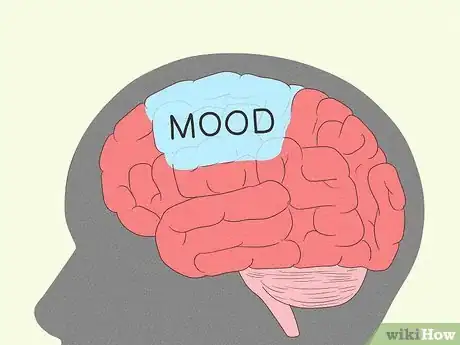
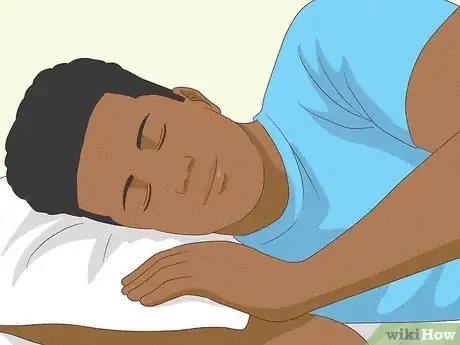
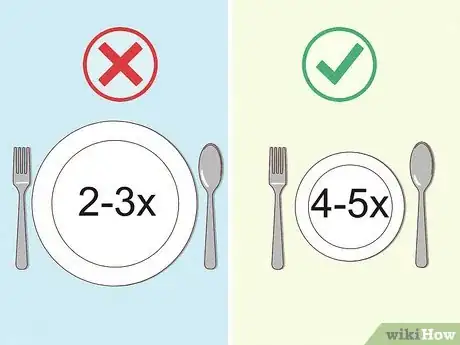
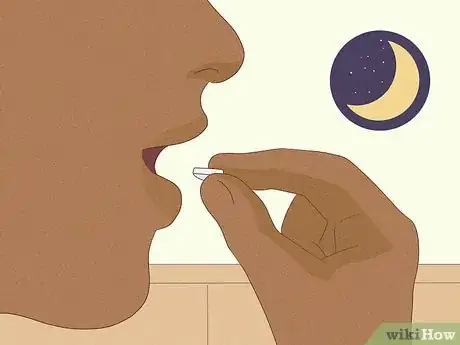
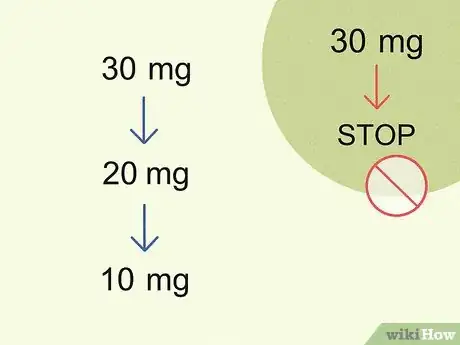
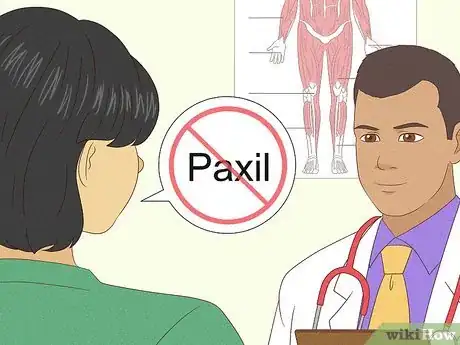
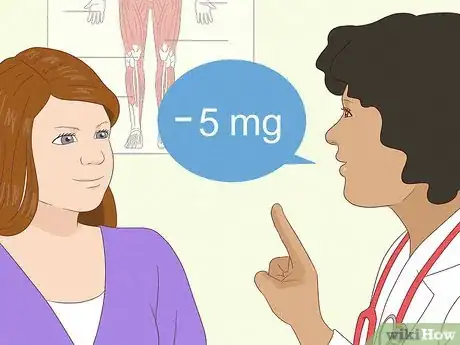

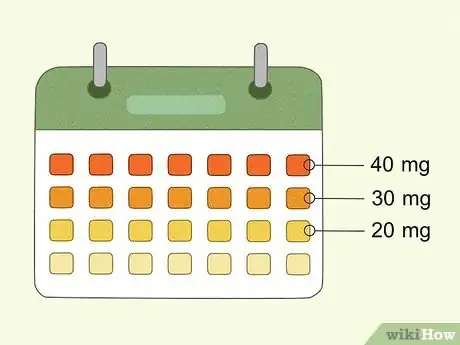
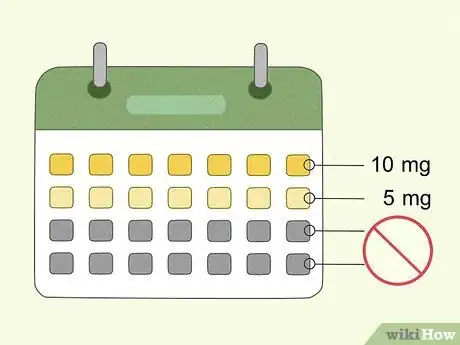
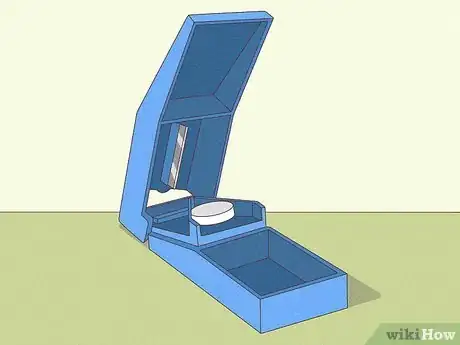
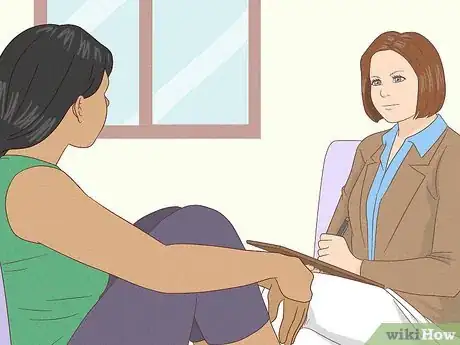
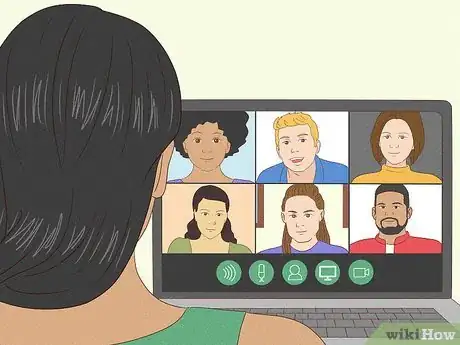
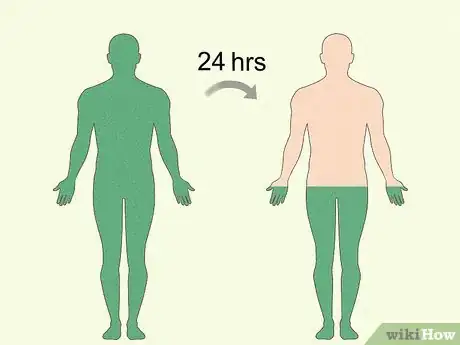
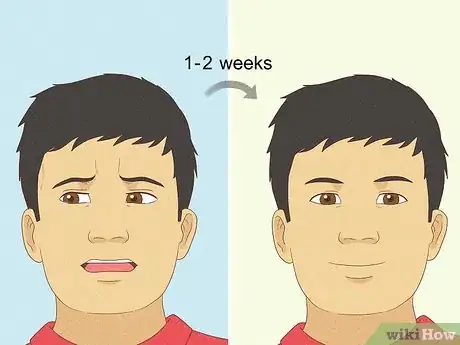

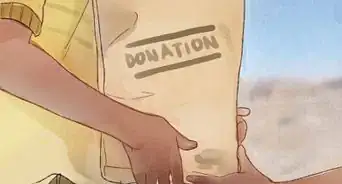

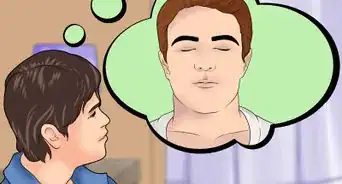
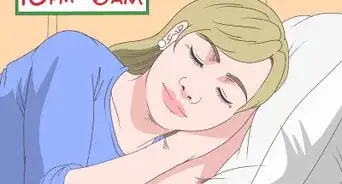


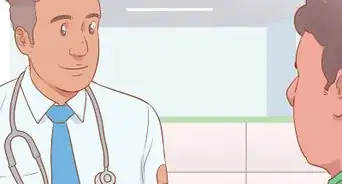
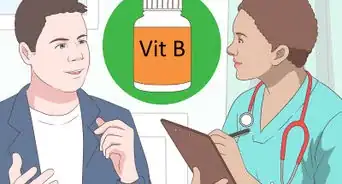
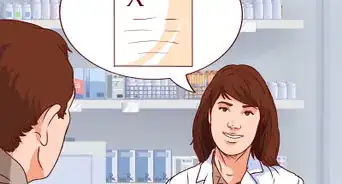
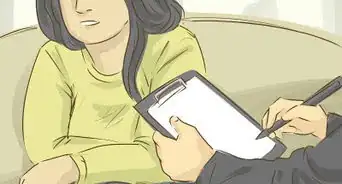
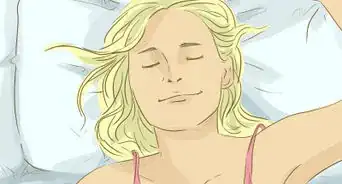
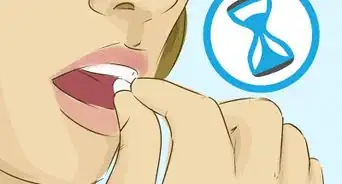
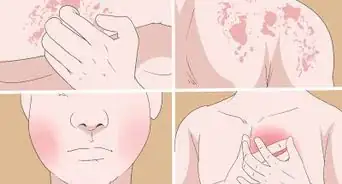












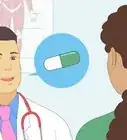




































Medical Disclaimer
The content of this article is not intended to be a substitute for professional medical advice, examination, diagnosis, or treatment. You should always contact your doctor or other qualified healthcare professional before starting, changing, or stopping any kind of health treatment.
Read More...